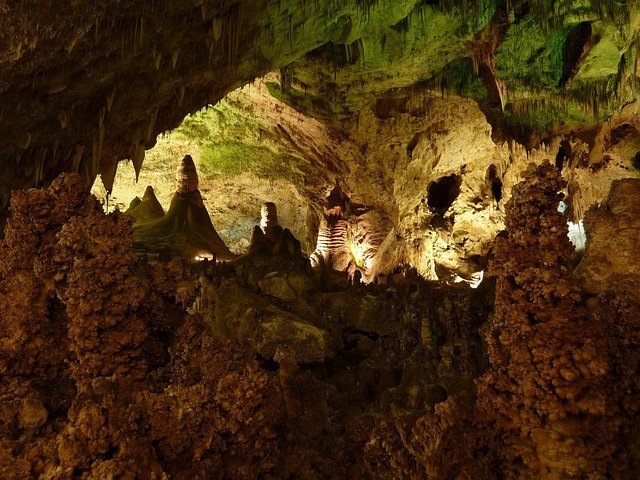Subterranean Odyssey: Exploring the Hidden World of Cave Tourism
Deep beneath the Earth's surface lies a world of wonder waiting to be discovered. Cave tourism, an increasingly popular niche in adventure travel, offers intrepid explorers a chance to delve into the planet's hidden realms. From vast caverns adorned with otherworldly formations to underground rivers and ancient cave paintings, this subterranean odyssey promises unforgettable experiences for those willing to venture into the darkness. As we shed light on this fascinating form of exploration, we'll uncover the allure, challenges, and transformative power of cave tourism.

A Journey Through Time and Space
Exploring caves is like stepping into a time machine. Stalactites and stalagmites, formed over thousands of years, create surreal landscapes that seem to defy gravity. Some caves, like the Waitomo Glowworm Caves in New Zealand, offer bioluminescent spectacles that rival the night sky. Others, such as the Mammoth Cave system in Kentucky, USA, stretch for hundreds of miles, forming vast underground networks that challenge our perception of space and scale.
The Rise of Spelunking as Adventure Tourism
While cave exploration has long been the domain of scientists and hardcore adventurers, recent years have seen a surge in its popularity among mainstream tourists. This growth can be attributed to several factors, including improved accessibility, enhanced safety measures, and a growing desire for unique, off-the-beaten-path experiences. Tour operators now offer a range of options, from easy walks through well-lit caverns to challenging expeditions that require specialized equipment and training.
Challenges and Conservation Concerns
As with any form of nature-based tourism, cave exploration comes with its set of challenges and responsibilities. The delicate ecosystems within caves can be easily disturbed by human presence. Increased foot traffic can erode cave floors, while artificial lighting can disrupt the habitats of cave-dwelling creatures. Moreover, the removal of stalactites and other formations as souvenirs poses a serious threat to these slow-growing natural wonders. Responsible cave tourism requires a delicate balance between access and preservation.
The Future of Underground Exploration
Looking ahead, the future of cave tourism seems bright but complex. Advances in technology are making previously inaccessible caves more reachable, while virtual reality experiences offer a way to explore fragile cave systems without physical impact. However, as climate change alters cave environments and urban development encroaches on karst landscapes, the urgency of conservation efforts grows. The challenge for the industry will be to foster appreciation for these underground marvels while ensuring their protection for future generations.
Illuminating Facts About Cave Tourism
• The world’s largest cave, Son Doong in Vietnam, is so vast it has its own weather system and could fit a 40-story skyscraper inside.
• Some caves, like those in Cappadocia, Turkey, have been inhabited by humans for thousands of years, with entire underground cities carved into the rock.
• The Crystal Cave of Giants in Mexico contains selenite crystals up to 39 feet long, some of the largest natural crystals ever found.
• Cave diving, an extreme form of spelunking, requires specialized training and equipment to navigate underwater cave systems.
• The Škocjan Caves in Slovenia, a UNESCO World Heritage site, features one of the largest known underground canyons in the world.
As we emerge from the depths of our subterranean journey, it’s clear that cave tourism offers more than just a novel travel experience. It provides a window into the Earth’s history, challenges our perceptions, and fosters a deep connection with the hidden wonders of our planet. By venturing into these underground realms, we not only satisfy our thirst for adventure but also gain a profound appreciation for the complex and fragile nature of our world, both above and below ground.





